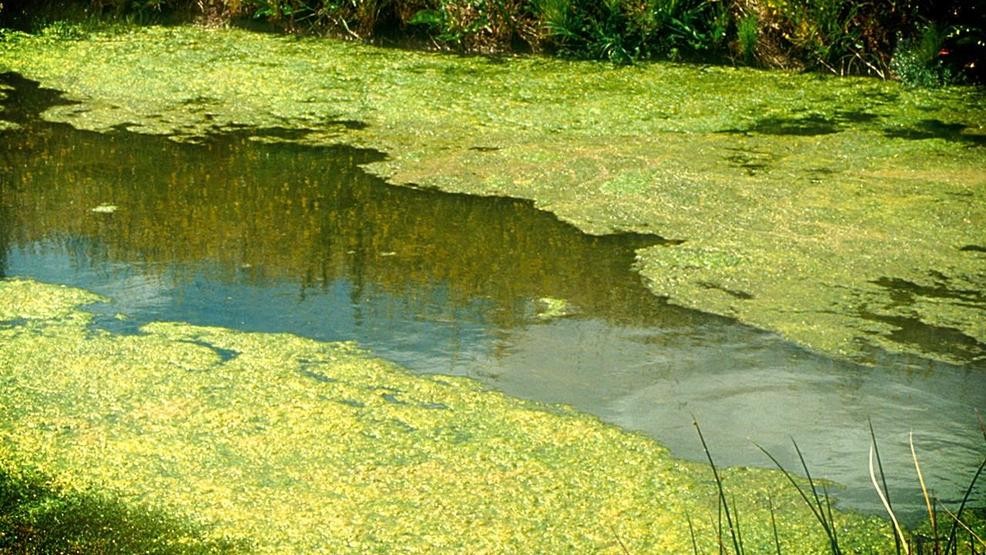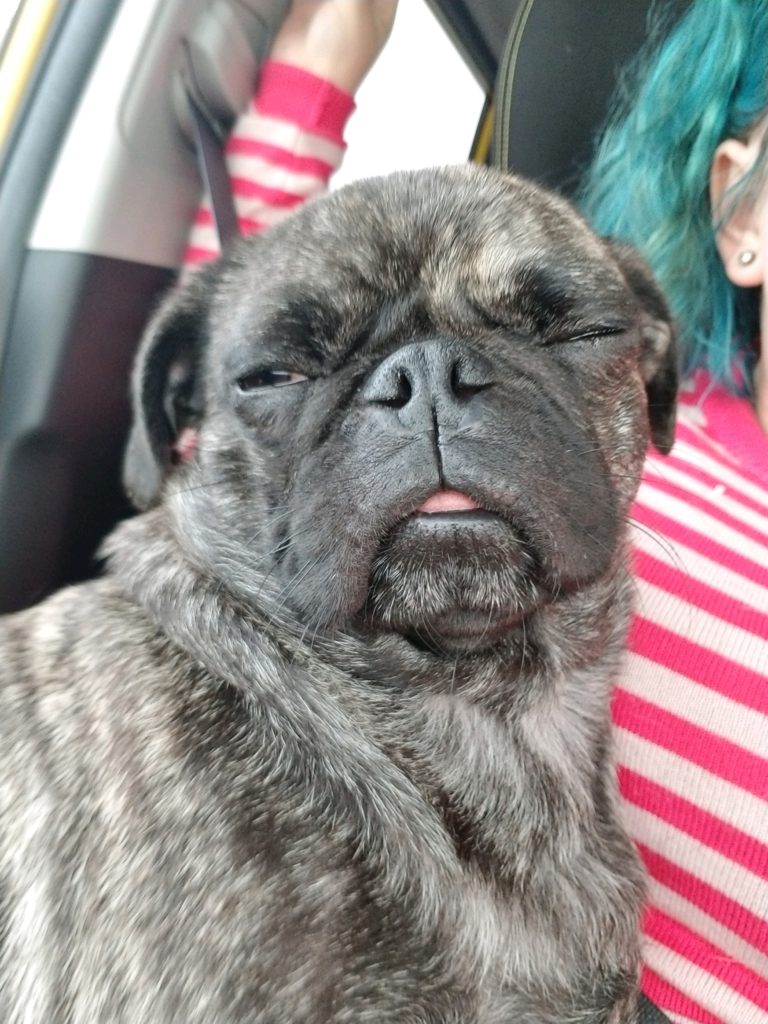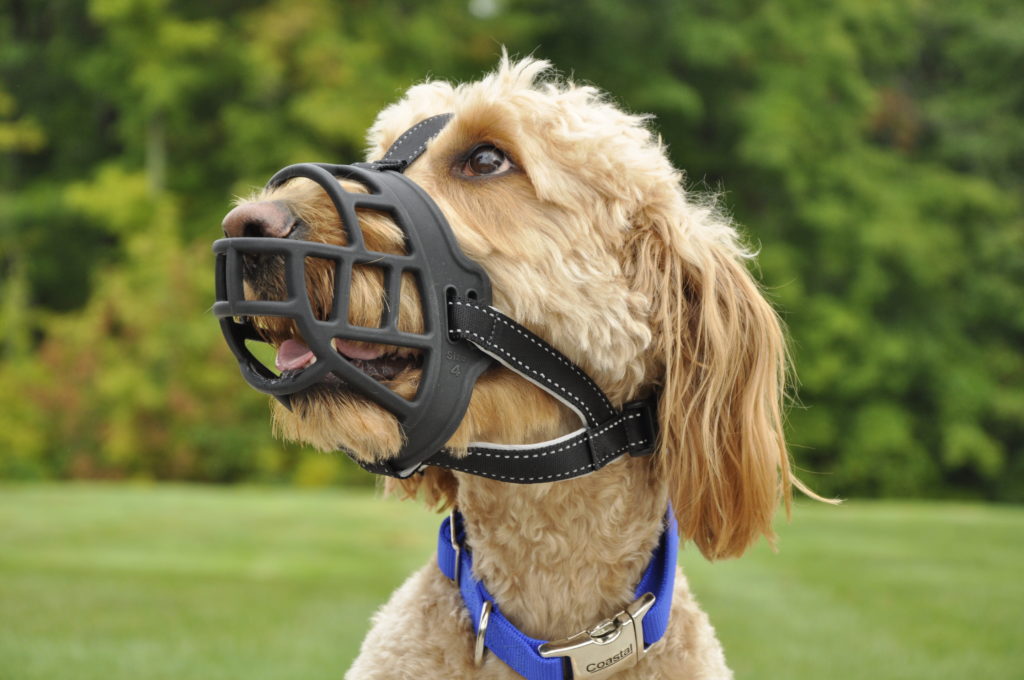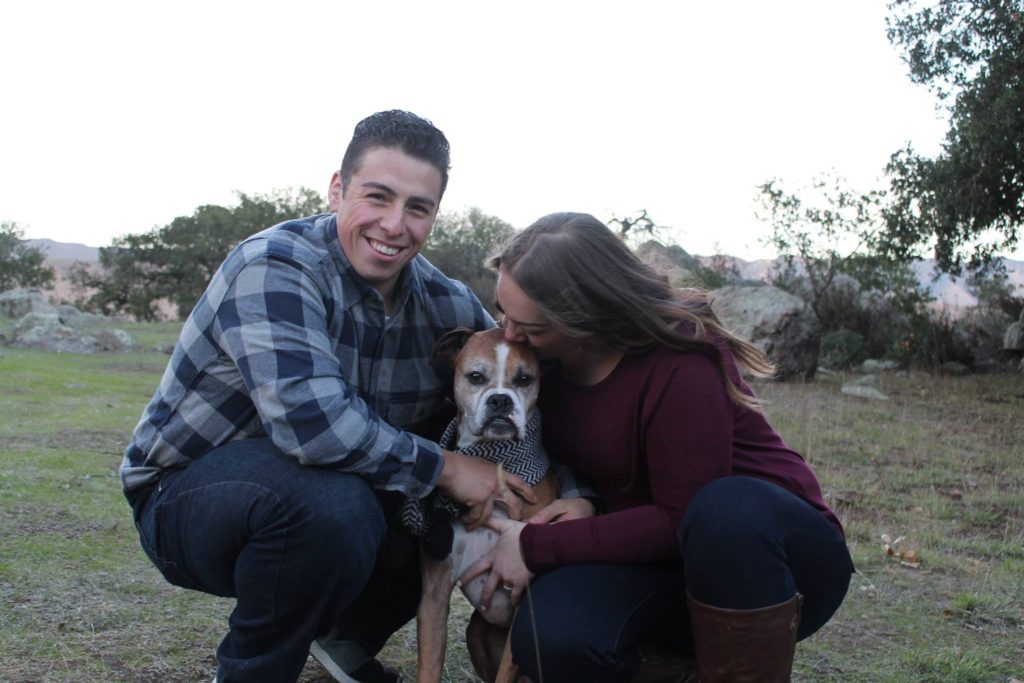Non-anesthetic dentistry (NAD) can sound wonderful when compared to a dental cleaning under anesthesia. It boasts clean teeth without the use of anesthesia and often comes with a smaller price tag. However, we here at Pismo Beach Vet, along with the American Veterinary Dental College, have found that NAD has no benefit to your pet and can even be harmful to their health.

Dental disease, or periodontal disease, occurs when plaque (loose bacteria) builds and turns into tartar (hardened bacteria). As the tartar continues to build, the bacteria within it spread under the gums or inside the tooth and eventually begin to destroy the jaw bone surrounding the teeth. During NAD, only the tartar on the outside of your pet’s teeth can be removed, but most everything underneath the gumline is left behind. Additionally, once that tartar has been removed with scaling or scraping, a detailed polishing is most often impossible in a wiggly pet. The small grooves left behind by this process are nice homes for new bacteria. Dental x-rays can also not be taken in an awake pet, which often misses infection below the bone and gums. Therefore, your pet is left with sparkly-looking teeth that have hidden dangers lurking beneath. Many patients who have received NADs still end up losing many of their teeth, and can even have broken jaws. NAD can also be very scary for pets and often requires them to be held down.
“So what happens when my pet is put under anesthesia for a dental cleaning?” Once we have found that your pet can safely undergo anesthesia, your pet’s dental health journey can begin. With the help of anesthesia, this will be a fearless process. Once asleep, a thorough examination and probing of the teeth, just like at your dentist, is performed (including checking for any tumors that could be hidden in the mouth or throat). Dental x-rays are then taken, based on your pet’s needs, to find any issues not seen on the outside and to evaluate the extent of disease. If your pet has infected teeth that require removal (extraction), this can be done safely and painlessly under anesthesia. Once any extractions are performed, your pet’s teeth will then be thoroughly scaled, polished and have fluoride and anti-plaque gels applied. Your pet will then wake up with a healthy mouth that is beautiful on the outside and the inside.
During “Dental Month”, the month of February, remember that your pet’s dental health is important and the best care comes with a full anesthetic dental exam.



























